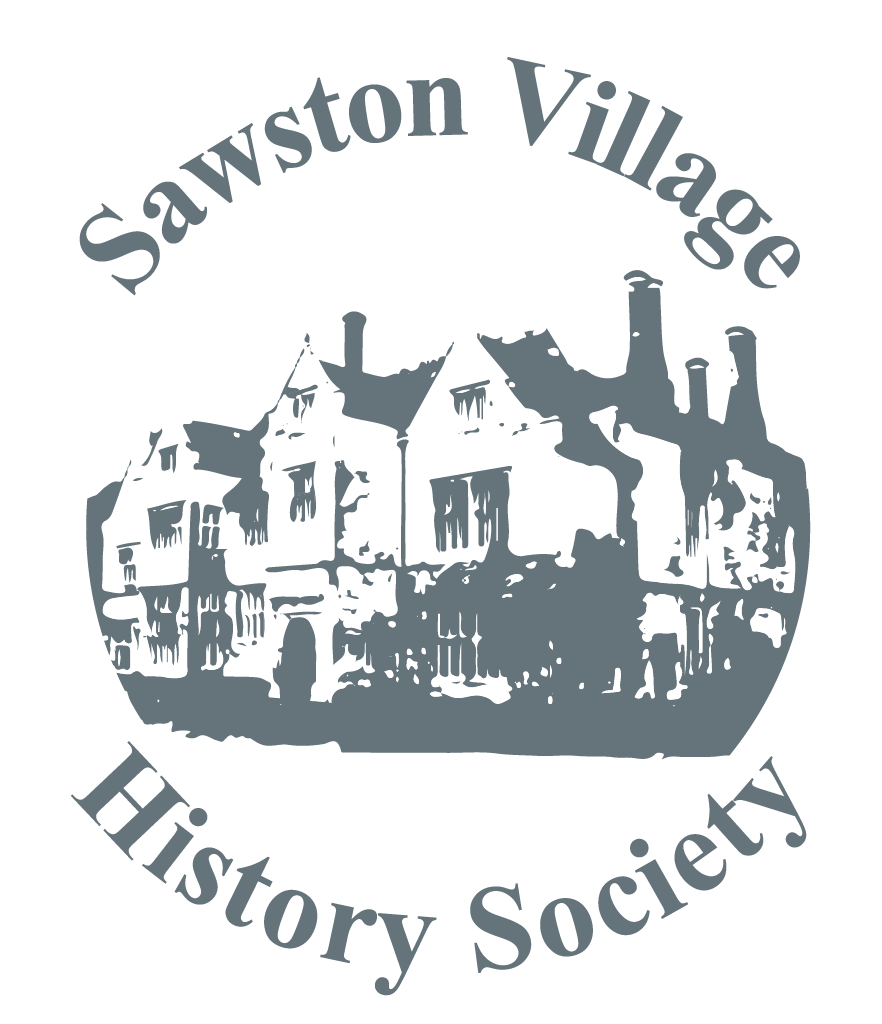
The speaker at the meeting was Hilary Seaward, who was for many years the accountant for John Huntingdon’s Charity, and she spoke about the History of the Charity. Her sources were the Record Office at Ely, the Mary Challis archive, the JHC Office and books by Traviss Teversham and John Patrick.
John Huntingdon was a major landowner in Sawston, first heard of in 1515. His date of birth is not known but in 1523 he bought Sawston Orchard, where the London Road allotments are now. In 1540 he inherited Huntingdon Manor from his cousin, Margaret Parys. He married twice, first to Anne who died and was buried in St Mary’s Church and then to Joyce who outlived him, married again and was again widowed, dying in 1564.
Under John’s will all the poor of Duxford and Great Shelford received £1, the poor of Pampisford 6s 3d and the household servants all had 6 months wages. In addition was the well-known legacy that ‘every year 2 acres in the Lenten Field be sown with white peas’. White peas could be dried and so would feed a family for several weeks.
He also left landed property to trustees to provide an income out of which the poor of Sawston were to be paid £8 at Christmas and Easter, known as the dole. Eight trustees were appointed and some found the duties too onerous so four of them leased the lands to a man from Saffron Walden on a 99-year lease. The other four felt this was wrong and took their colleagues to court in the first of many legal cases in which the Charity became embroiled. The Court of Chancery decided that long leases were not acceptable and that all the income should be given to the poor.
In 1608 the charity was sued by two labourers who alleged peculation in that the trustees were renting out the land to themselves and their families and friends at very low rentals. Again the Charity was found wanting and the trustees were all dismissed and new ones appointed. New leases with reasonable rents were issued and the trustees were to give out the dole and other payments themselves. By 1738 this had been forgotten and the trustees, now numbering 13 were giving the income to the Poor Law Overseers for relief of the poor.
In 1757 the number of trustees had fallen to three and there were accusations of mismanagement. Ferdinand Huddleston who succeeded in 1760 took over and 12 trustees were recorded. The records are very patchy for this period, but the Charity bought Cockerton’s House in Mill Lane for a workhouse until it was demolished in 1818 and replaced by the almshouses on London Road, which cost £351 3s 10d to build. In 1850 the trustees added outhouses to include a washroom and privies.
In the late nineteenth century there was further conflict in the charity between Thomas Sutton Evans and Joseph Malpas, the vicar, over the allocation of coal, which had become the main benefit provided to the poor by the Charity. Evans favoured his employees over other applicants. The Charity also made an annual grant to Addenbrooke’s Hospital, which went on until 1938, and bought the school house for the village school in the Baulks in 1870. But after WWII the house was sold to the County Council. The Trustees tended to meet in the Bull, and then Tudor House, the home of Fred Prince, and then in the school, generally in February and November, slack times in the farming year.
Discussion and questions followed and the meeting agreed that Sawston is very fortunate to have JHC as a village charity.
Mary Dicken